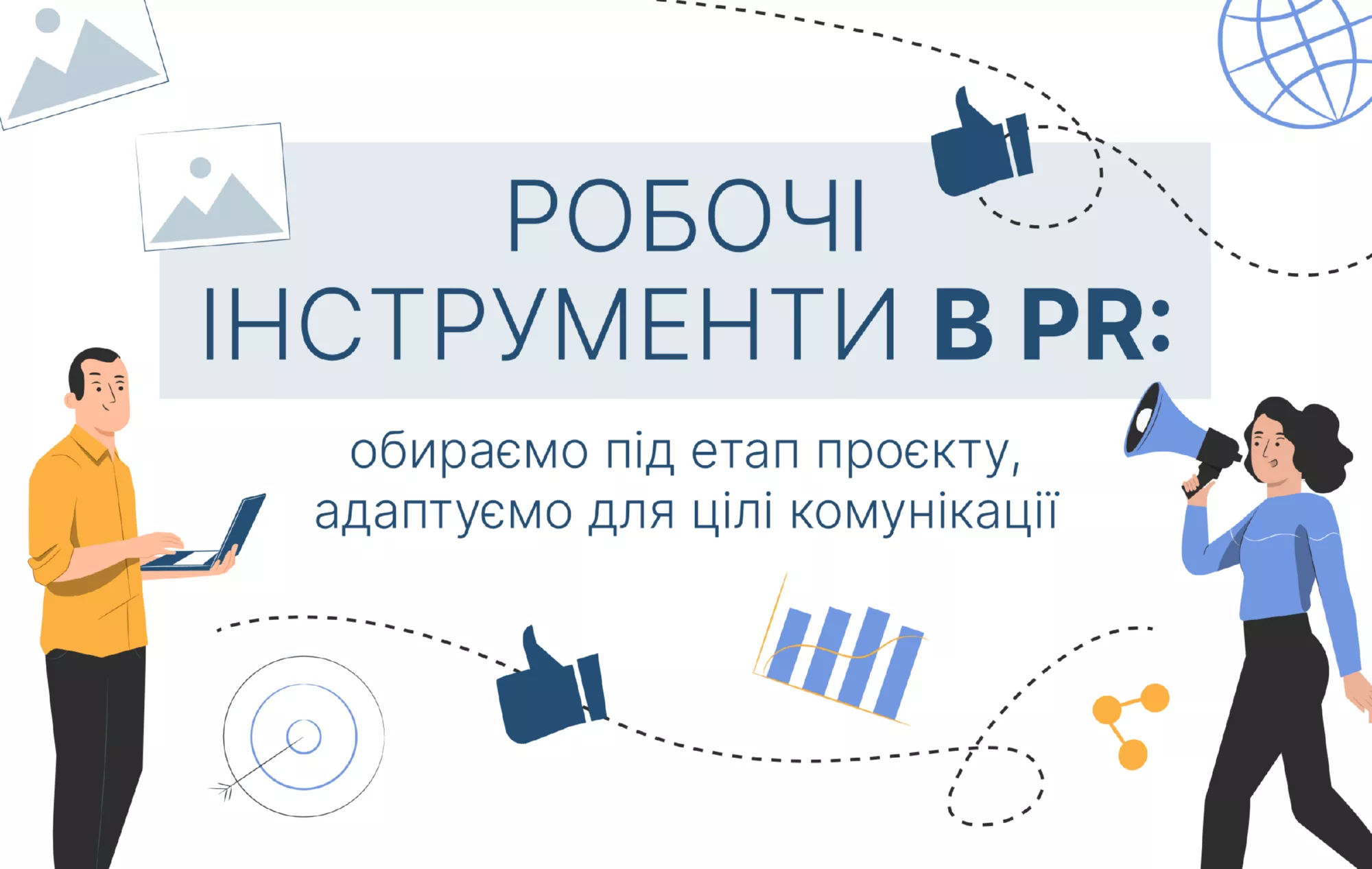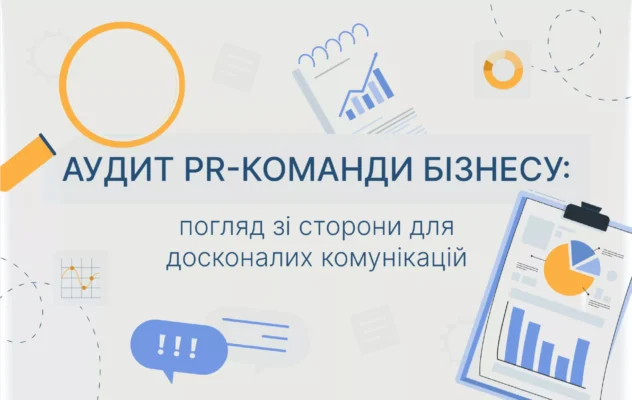PR tools for effective business communications: from planning to reporting

Whether it’s anti-crisis PR or image PR, they all have a certain cycle. In my agency’s approach, it can be conditionally divided into such stages as planning, content creation, its promotion, results evaluation, reporting. This is if we greatly simplify and bring different projects to a conditional common denominator. And at each of these stages we have our own working tools. What exactly are they and for what? I’ll tell you in general terms, because each of them has so many nuances and nuances that it deserves a separate text. This is my task for the future ?
We don’t take a step into the unknown – we “reconnaissance” what the information landscape around the company is now. Each planning begins with an assessment of the media space. Usually, monitoring tools are used for this. They give an understanding of the media situation around the company and how favorable it is for the business’s reputation. Large companies usually use monitoring on an ongoing basis to notice the start of “climate change” in time and preemptively close information issues that have only just begun to arise. The second use case for monitoring is a communication crisis. And this is probably the only reason why monitoring appears in the lives of small and medium-sized businesses.
We form an overall picture through indicators. At this stage, they are quantitative and qualitative. The first is the number of mentions in the media, and any kind. It doesn’t matter if it’s traditional media or Facebook – all platforms have their own audience. Qualitative indicators are the tone of manifestations (positive, neutral or negative), as well as the weight of the media.
Social research. A must-have for large businesses and politicians. Helps determine whether communications are calibrated correctly and whether it’s worth reviewing the PR strategy as a whole.
Now it’s time for a complatform. Each business uses formats that are convenient for it. Working in a large company, I developed my own approach based on the AMES methodology. This communication platform is adapted for our market and corresponds to Ukrainian realities. What do we have here? Clear business goals, communication tasks, understanding of target audiences, strategies and practical tools with which a PR professional can achieve communication goals.
A content plan as a step-by-step instruction for communication. We create it when the communication platform is ready and agreed upon. And this is not just a list of topics and sources of promotion – it is a clear plan based on the strategy and key communication messages.
What tools for promoting narratives are used in PR? Yes, in principle, all are available. It depends on the specifics of the task, the target audience, resources – both money and time. These can be both traditional media (news sites, television) and social media (Facebook, Instagram, TikTok, X, etc.). They can also be divided into their own platforms and external ones. It’s easier with our own – we only agree on the content within the company and publish it when we want. But there is a downside – often the audience of such platforms is already “ours”, and if we need to expand the messages beyond the comfort bubble, we have to go to external sources. Websites, television, experts. Here it’s all about diplomacy – persuading the media to take up the topic of business, convincing an expert, and agreeing on finances. Longer, but more effective. Politicians are a specific external tool for business. But they should be involved only when it is necessary to influence legislators and this influence of a specific political player is 100%.
The most effective tools for promotion are offline events. Round tables, press conferences, participation in public discussions. The speaker’s personal charisma comes into play here. And it is many times more influential than the text of a press release. And, as a rule, after offline events, you can expect key messages to be replicated in the media.
Bots and SERM are tools that need to be used wisely. Bots will help create the impression of any public emotion regarding certain information – from indignation to sincere delight. But this is a slippery thing and in some situations even harmful. SERM works for the reputation of a business when there is enough positive news about the company on the network. Otherwise, the business will simply pay to push negative mentions of itself further away in the search engine.
AI is an intern whose actions need to be controlled. It can be useful if we are talking about simple texts. Of course, it is a matter of the right prompt, but this is not a panacea. AI agents, “sharpened” for a specific task, are working better now. Probably, in a few years we will see progress. But so far, it cannot do it in anti-crisis communication. Not at all.
In the finale, it is time to report. When we have gone through the entire communication cycle, it is important to provide the customer/employer with a clear and concise report on the communication platform. It only seems simple. But in fact, there are important nuances, which I will talk about in one of the following texts.


